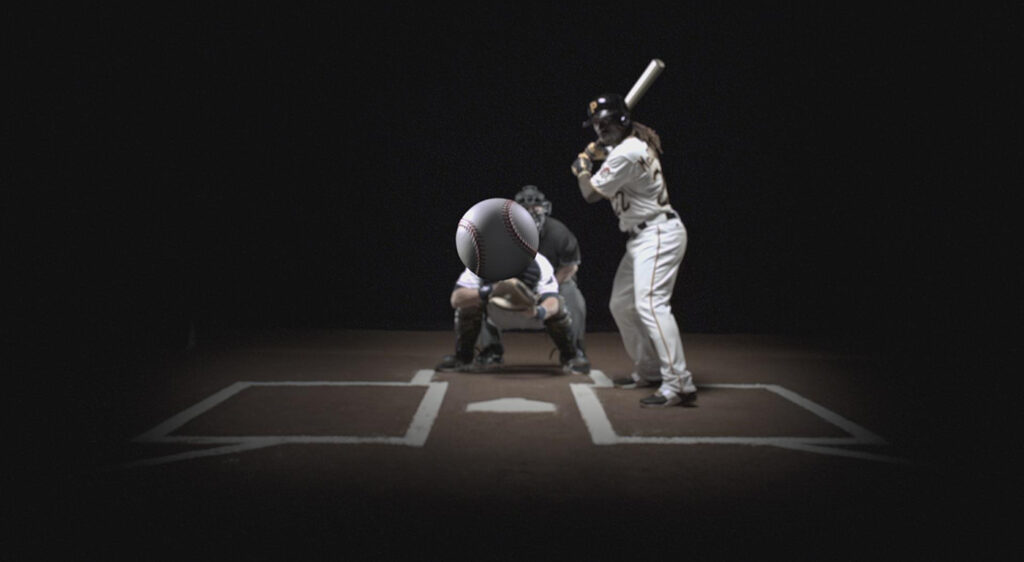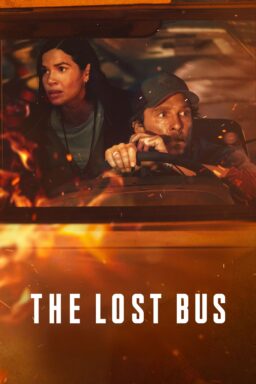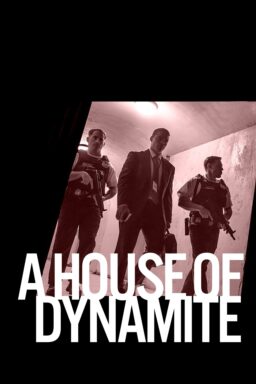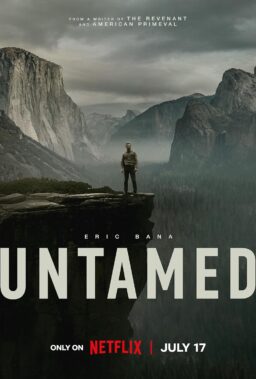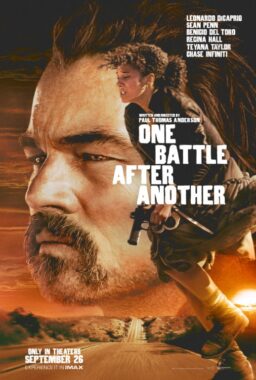“A few pitchers in the majors have thrived without a real fastball – junk men like Eddie Lopat and Mike Cuellar, superior control artists like Bobby Shantz and Randy Jones, knuckleballers like Hoyt Wilhelm and Charlie Hough – but almost everyone else has had to hump up and throw at least an occasional no-nonsense hard one, which crosses the plate at eighty-fie miles per hour or better, and thus causes the batter to – well, to think a little.” – Roger Angell, “On the Ball,” The New Yorker, 1976
Jonathan Hock’s exhilarating documentary, “Fastball,” wants to make us “think a little” too, about the history of the fastball, the mentality that goes into creating a successful major league pitcher (either a starter or a closer), the experience of the batters having to face pitchers like that, what it is like to try to swing at a ball whizzing by at 98 mph (Derek Jeter says that a fastball “sounds like trouble”), and the whole statistical and data-driven obsession that surrounds the sport of baseball. If you are not familiar with this level of baseball nerdiness, then “Fastball” will be a revelation, and hopefully an entertaining one. If you are familiar (dinner-table conversations throughout my own childhood, for example, involved leading questions such as: “Who threw the fastest ever?” “Who has the most unbeatable record?” “Who was the best pitcher ever?”), then “Fastball” will satisfy on a deep and extremely specific level. “Fastball” is informative, even for those well-versed in the topic.
Great baseball players often cannot explain how they do what they do (they speak about being in a “zone,” or getting into a “flow”), but they are almost incapable of being un-interesting about the game. Hock has filled his documentary with baseball players talking, reminiscing, analyzing, commiserating. There is not one dull moment. Questions like “who threw the fastest?” take on huge importance to those who play the game, especially since the radar gun didn’t come along until 1974. “Fastball” starts with Detroit Tigers pitcher Justin Verlander wondering how he would “stack up” against the legends from the past, guys like Walter Johnson and Bob Feller (Ty Cobb said that Johnson’s fastball “hissed like a train” as it went by; Ted Williams said that Bob Feller’s pitch was “the hardest pitch” he had ever seen). Both Johnson and Feller were known as the fastest pitchers of their day, and much was done, using the technology of the day, to figure out just how fast those baseballs went.
Hock (who has directed a number of ESPN’s “30 for 30” episodes) organizes his material in a fresh and fun way, mixing grainy newsreel footage of 1920s baseball games, with current ESPN footage, slowed down to a crawl in order to perceive every millisecond of every fastball’s trajectory. Hock has gathered together a murderer’s row of Hall of Famers (the late Tony Gwynn, Al Kaline, George Brett, Joe Morgan, Johnny Bench) sitting around reminiscing, talking about the scariest pitchers they ever faced, who they thought was the best/fastest/hardest. Joe Morgan talks about his first time against Sandy Koufax, saying, “It took me two at-bats before I even fouled the ball.” There are interviews with Derek Jeter, Aroldis Chapman (already a legend), David Price, Eddie Murray, Hank Aaron.
Hock also calls in experts from the fields of physics, neurobiology, and visual cognition to speak about air movement around flying objects, how the human eye perceives things (and at what speed that becomes impossible), how the mind can make a decision in a millisecond based on the information given to a batter by the pitcher’s wind-up. It’s all quite comprehensible, and enthusiastically presented. A physicist draws helpful diagrams for us on a blackboard. Numbers and equations proliferate. The screen is split in two, showing the difference between a 90 mph fastball and a 100 mph fastball. Cincinnati Reds second baseman Brandon Phillips says that at 90 mph, he can see the logo on the baseball as it comes at him, but at 100 mph, “it looks like a golf ball.”
“Fastball” is broken up into different sections, using compellingly-titled chapter markers: “The Big Train.” “Hoot.” “The Closer.” Along with the legends of the past, a couple of famous pitchers still with us are profiled and interviewed: Bob Gibson, Nolan Ryan, and Rich “The Goose” Gossage. Bob Gibson, who played 17 seasons with the St. Louis Cardinals, was one of the most intimidating guys to ever play the game (he jokes that he had bad eyesight, so his “glare”, interpreted by the batters as predatory was actually Gibson trying to see the catcher making the signs). Other players still speak of Gibson with a lingering mix of awe and respect. Nobody liked to face him. Hank Aaron says, of Gibson, “He believed he owned part of that plate and he was gonna get it.” Gibson elaborates on that, saying, “Half of that plate is mine. Now you gotta figure out which part I’m coming after.” If Gibson had to hit a batter to claim “his” part of the plate, then so be it. Watching clips of Bob Gibson pitch, one is stunned by the ferocity of the movement: once he lets the ball loose, Gibson ends up in a nearly horizontal position across the mound. Roger Angell wrote a huge profile of Bob Gibson for The New Yorker after Gibson retired; Angell interviewed Pete Rose who said of Gibson, “I sure as hell don’t miss batting against him, but I miss him in the game.”
Nolan Ryan’s stunning career is one of those stories that continues to elude rational explanation, and Hock has put together a compilation of footage showing that journey, where it started, where it ended up. The numbers are still so staggering. Ryan says that at the height of his powers, he knew that if he “hit [his] spot, [the batters] weren’t gonna hit it.” Wade Boggs admits, “It was always a tough at-bat” against Ryan. If you’ve ever been to a baseball game where a pitcher dominates, then you know how things slow practically to a standstill. The pitcher does not allow anything to happen, and that kind of game is almost more thrilling than a game featuring lots of action. The fastball is one of the most effective ways for a pitcher to dominate (and it is also, as the baseball coaches confess in the documentary, the hardest thing to scout for since high school pitchers often haven’t grown into their arms yet.)
The excitement of the topic is captured in Hock’s filming-style, Kevin Costner’s stately narration, as well as the portentous thrilling original score by Tony Morales. One of the things that “Fastball” really captures is that baseball, even with all its complexity, even with the fact that it is a team sport, comes down to a one-on-one competition, a Clash-of-the-Titans showdown between the guy on the mound and the guy at the plate. Baseball is mythical and emotional to those who love it. “Fastball” not only gets that, but Hock has found a form to express that in ways that carry.
“Fastball” plays again tomorrow, Friday, 4/24 at 3:30pm; Saturday, 4/25 at 2:30pm; Sunday, 4/26 at 12:30pm.

